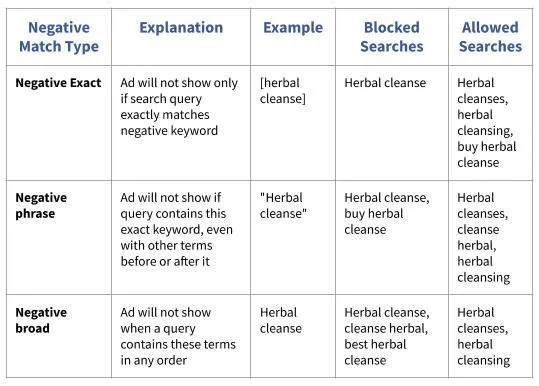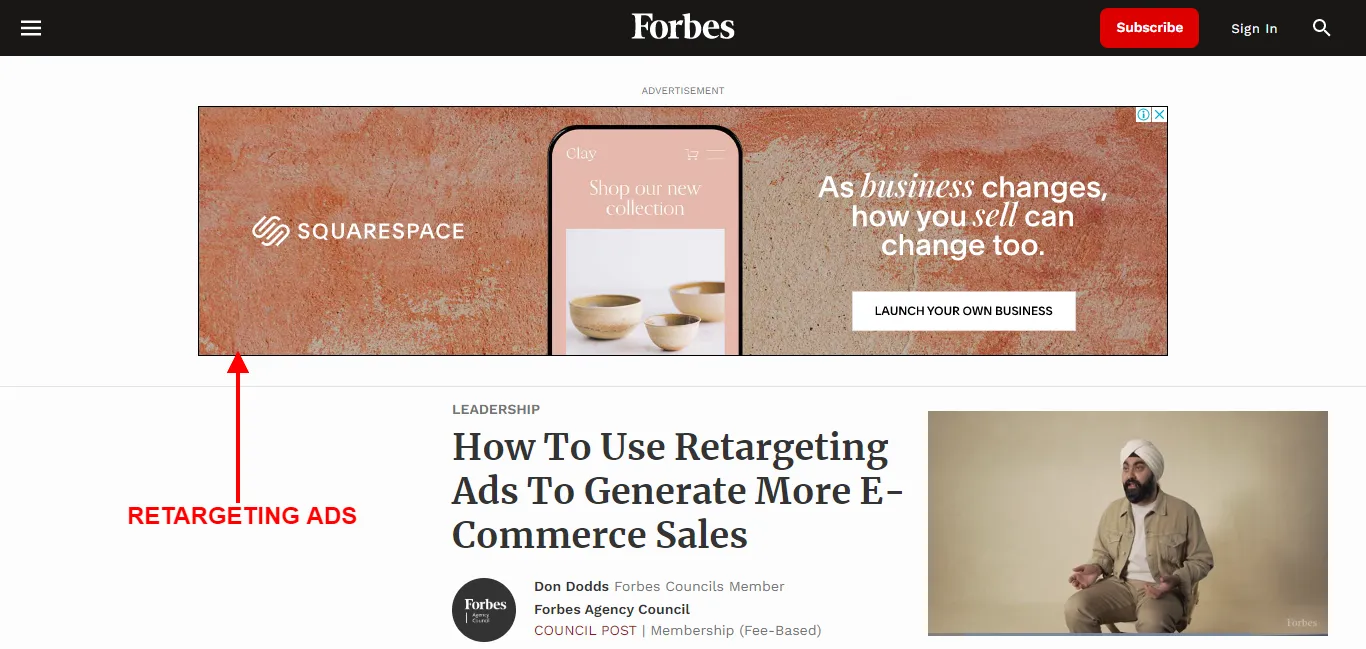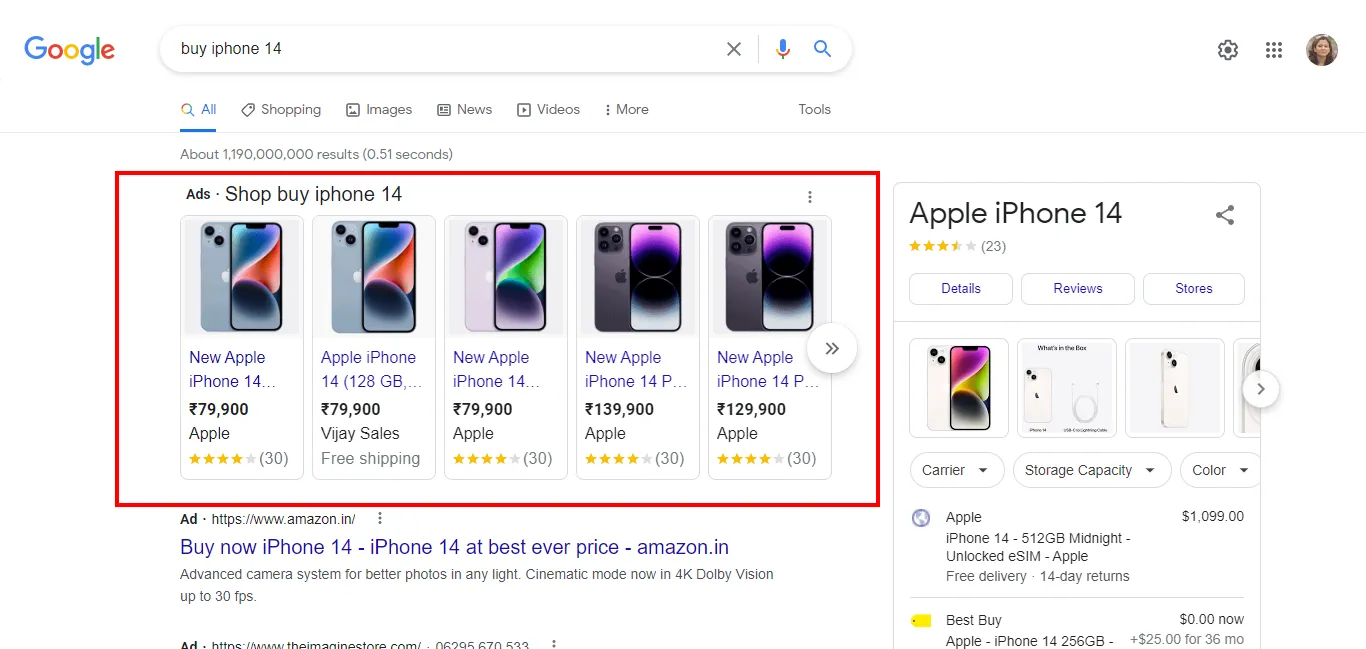How to Improve Pay-Per-Click ROI for Your Ecommerce Business?

Undoubtedly, Google Ads is positioned for proven results when it comes to eCommerce PPC advertising. 90% of consumers suggest that paid search ads play an integral role in influencing their purchase decisions. In fact, Google Ads gets 65% of the clicks from users who are genuinely interested to buy.
Given its expansive reach and accurate targeting, PPC ads on Google are an effective way to get qualified traffic who are searching for products similar to the ones you offer.
It allows you to create more focused paid campaigns so that your products show up on the search engine results right at the moment when customers are looking for something similar.
As an eCommerce business owner, your ultimate goal is to increase your search engine visibility, drive more leads and boost conversions. This helps ensure a higher ROI in the long term.
However, it is easier said than done. Therefore, effective PPC management for eCommerce, with a holistic approach, is crucial to building an ROI-oriented ad campaign.
Pet Supply Company Witnessed $2.5+ Million in Sales By Reinventing PPC Advertising: A Case Study
To understand how to effectively leverage Google Ads PPC for increased ROI, here is a case study.
An Australian-based pet supply company has a vast selection of high-quality pet products, from premium food to toys, medications, grooming products, treats, etc. Despite its extensive product range and quality services, they were facing trouble driving sales and ROI.
Therefore, they hired an eCommerce PPC agency that thoroughly reviewed their current marketing strategy and restructured it with proven PPC solutions.
Some of the pain points were:
The eCommerce PPC agency adopted a few strategies and restructured the campaigns to drive more sales and increased ROI.
Strategies to Boost Google Ads ROI For Your Ecommerce Business
So, how do you generate the maximum ROI from eCommerce PPC ads on Google?
Getting started with Google Ads can be tricky, with the sheer variety of options, metrics, and settings that may leave you feeling baffled. The following infographic will give you a basic knowledge of how to use Google AdWords:


Discussed here are 5 proven strategies you can use to drive increased ROI for your eCommerce PPC campaign:
1. Targeting by Audience Interests
Targeting your PPC ads based on the audience’s interest is a powerful way of segmentation.
It is highly effective too because you can deliver more focused & relevant content that caters to what the consumers are actively searching for. When you serve the audiences with the most relevant products they are looking for and at the right time, it can drive more clicks and greater conversions.
And this is possible through audience segment targeting in Google Ads. It can significantly improve your campaign performance by reaching the right set of audiences based on a number of factors such as:
Your eCommerce PPC ad can be specifically targeted as per audience segmentation, improving their overall experience and driving more conversions. The below image will give you an idea of the different types of audience segments which you can use for campaign targeting:


Regarding the case study of the pet supply company, the PPC agency prioritized identifying targeted audiences. Based on different audience sets, they curated a clear and relevant marketing message that drives a higher conversion rate and ROI for the website.
2. Include Negative Keywords
Optimizing your PPC ad campaign using the right keywords is one of the most effective ways to boost your eCommerce ROI.
The objective is to drive the most relevant traffic. Negative keywords play an integral role here. It allows you to filter irrelevant traffic that can actually increase your CPC significantly without actually contributing to ROI.
When you add these search terms as negative keywords, Google will not show your ad in search results when someone uses these search queries. This ensures that your ad will appear only for more relevant and targeted searches.
The following chart (with examples) can help you understand how to use negative keywords in your Google Ads campaign:


The advantage of using negative keywords is it can help reduce wasted ad spend on irrelevant traffic and clicks that will never convert. More focused ad campaign targeting can help improve your click-through rate. This in turn can drive increased ROI.
As discussed earlier, one of the biggest challenges of the pet supply company was significantly higher CPC. Therefore, the eCommerce PPC agency implemented laser-focused targeting methods, such as using negative keywords, to drive only relevant traffic and bring down costs.
3. Remarketing List for Search Ads (RLSA)
Suppose you visit an eCommerce store, browse a few products, then leave the site without buying anything and continue surfing the web or social media. In no time, you will see ads from the same eCommerce website with the products that you viewed – mostly regardless of the web platform you are.
This is known as retargeting. It is an effective method for eCommerce businesses to target their ads to audiences who have shown interest in their products.


Remarketing lists for search ads (RLSA) is a feature in Google Ads that allows you to customize the ad campaigns specifically for audiences who have visited your eCommerce store. RLSA can be used to tailor your keywords, ad creative, or calls-to-action (CTA) to retarget the audiences when they browse the internet.
By making the ads constantly appear in front of interested audiences, you can persuade them to return to your website. This can increase the likelihood of conversion.
Retargeting is an integral part of an omnichannel PPC strategy that helped improve brand awareness for the pet supply company.
4. Leverage the Potential of Google Shopping Ads
Since a large percentage of customers now prefer shopping online, Google Shopping Ads can be a powerful way to get your products right in front of potential buyers.


There are several aspects of setting up Google Shopping Ads, including – audience selection, creating a product feed, Google Merchant Centre Setup, using negative keywords, etc.
Considering the huge potential of Google Shopping Ads, the pet supply company was recommended to spend more marketing budget on Product Listing Ads (PLAs) to boost search engine visibility and drive more clicks.
5. A/B Testing
Testing is an integral part of PPC advertising. A lot of trial and error goes into setting up a campaign before it can successfully drive revenues. Even the eCommerce PPC company
mentioned in the case study utilized A/B testing to experiment with different landing pages, campaign structures, platforms, etc. to find which one is driving maximum ROI at a lower CPC.
In Google Ads, you can use Responsive Search Ads that allow you to add several headlines and descriptions to a single PPC ad. The platform will then automatically test different combinations to help determine which works best.
The Final Words
Taking a holistic and result-driven approach to Google Ads PPC advertising can help generate qualified traffic, boost conversions and increase your ROI – just like it helped the pet supply company generate 25x in ROI, build a strong web presence and achieve a 2x decrease in cost per conversions.
